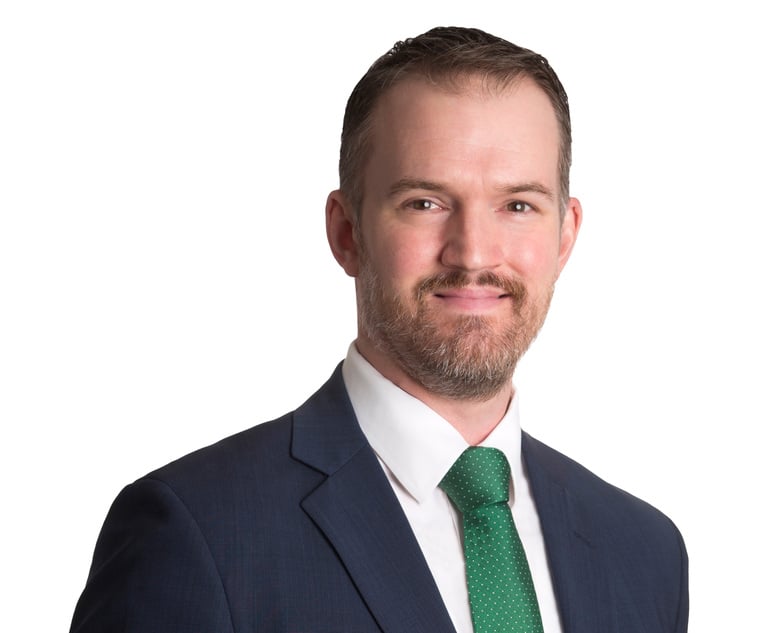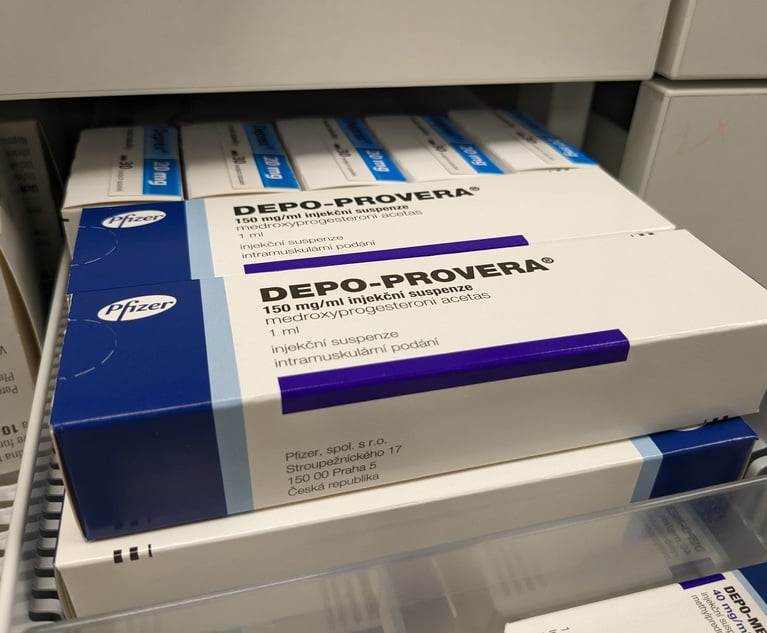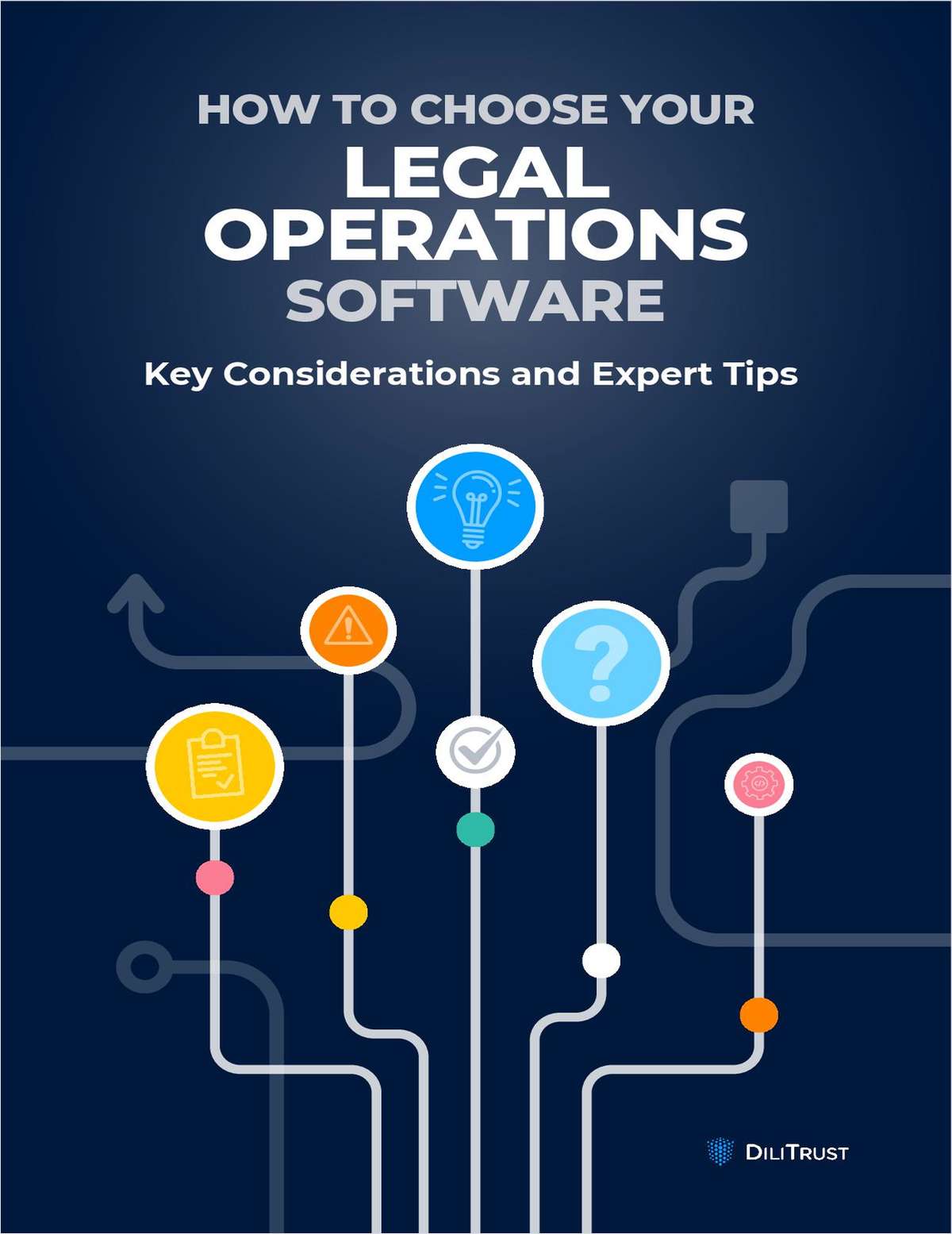Sidley keeps revenue and profits rising despite tougher market
US firm posts 3.4% revenue rise alongside 3.1% PEP increase
February 22, 2017 at 06:27 PM
3 minute read
The original version of this story was published on Law.com
Sidley Austin posted healthy if unspectacular gains in 2016, with revenue climbing 3.4% to $1.928bn (£1.55bn).
Profits per equity partner rose to $2.13m (£1.71m), an increase of 3.1%, while revenue per lawyer held steady at $1.05m (£843,000).
The firm's headcount increased by 3.2% to 1,836 lawyers. Its equity partnership grew to 346, an increase of just 1.1%, after 12% growth in 2015.
Sidley's gains in 2016 built on a strong performance in 2015, when its revenue grew 6.5%, and an even better 2014, when revenue improved 9.5%.
In 2015, Sidley management committee chairman Larry Barden attributed the firm's success to investments in new offices and practice areas during the past several years. Those investments continued to fuel the firm's growth in 2016, and in some cases paid off more significantly this year. For example, a soft energy market made 2015 a challenging year for Sidley's five-year-old Houston office, but that practice area came "roaring back" in 2016, Barden said.
Sidley executive committee chairman Carter Phillips (pictured) said demand for litigation rose about 5% in 2016, while demand for transactional work was up 3%-4%. And one longstanding investment paid what Phillips called "a rather substantial dividend": Sidley's relationship with AT&T. The firm represented the telecom giant in its $48.5bn (£38.9bn) acquisition of satellite television provider DirecTV in 2015, and it recently helped AT&T achieve a False Claims Act victory at the US Court of Appeals for the Ninth Circuit.
Private equity was another bright spot for the firm last year. It poached a team of six private equity and corporate partners from Kirkland & Ellis' London office in March, one of whom, Erik Dahl, is now leading Sidley's new Munich office.
Because Sidley expected the market to slow in 2016, it trimmed its spending this year, Barden said. The firm cut back on sponsorships and took a hard look at discretionary expenditures and travel. It renewed its existing lease in Chicago, the firm's largest office, after rumours of a potential move to newer premises.
"We tried to find ways where we were spending money and had got in the habit of spending it rather than trying to find out if there was a strategic reason for those expenditures," Barden said.
That belt-tightening turned out to be less essential than the firm expected, its leaders said.
"The year for us was like it was for a lot of firms, which is that it had a stronger back half than first half," Phillips said. "Obviously you'd always hope that some of the practices, like bankruptcy, might grow a little more aggressively than they have been. But there are a few practice areas that might have looked flatter in year-to-year comparisons because they had a great year in 2015."
In 2017, Barden said, the firm plans to continue executing on its current strategies and expanding in Europe and Asia. Carter added that given recent upheavals in US trade policy, he expects the firm's trade groups to be unusually active in the coming year.
NOT FOR REPRINT
© 2024 ALM Global, LLC, All Rights Reserved. Request academic re-use from www.copyright.com. All other uses, submit a request to [email protected]. For more information visit Asset & Logo Licensing.
You Might Like
View All

From 'Confusing Labyrinth' to Speeding 'Roller Coaster': Uncertainty Reigns in Title IX as Litigators Await Second Trump Admin
6 minute read
New Class Action Points to Fears Over Privacy, Abortions and Fertility
Trending Stories
Who Got The Work
Michael G. Bongiorno, Andrew Scott Dulberg and Elizabeth E. Driscoll from Wilmer Cutler Pickering Hale and Dorr have stepped in to represent Symbotic Inc., an A.I.-enabled technology platform that focuses on increasing supply chain efficiency, and other defendants in a pending shareholder derivative lawsuit. The case, filed Oct. 2 in Massachusetts District Court by the Brown Law Firm on behalf of Stephen Austen, accuses certain officers and directors of misleading investors in regard to Symbotic's potential for margin growth by failing to disclose that the company was not equipped to timely deploy its systems or manage expenses through project delays. The case, assigned to U.S. District Judge Nathaniel M. Gorton, is 1:24-cv-12522, Austen v. Cohen et al.
Who Got The Work
Edmund Polubinski and Marie Killmond of Davis Polk & Wardwell have entered appearances for data platform software development company MongoDB and other defendants in a pending shareholder derivative lawsuit. The action, filed Oct. 7 in New York Southern District Court by the Brown Law Firm, accuses the company's directors and/or officers of falsely expressing confidence in the company’s restructuring of its sales incentive plan and downplaying the severity of decreases in its upfront commitments. The case is 1:24-cv-07594, Roy v. Ittycheria et al.
Who Got The Work
Amy O. Bruchs and Kurt F. Ellison of Michael Best & Friedrich have entered appearances for Epic Systems Corp. in a pending employment discrimination lawsuit. The suit was filed Sept. 7 in Wisconsin Western District Court by Levine Eisberner LLC and Siri & Glimstad on behalf of a project manager who claims that he was wrongfully terminated after applying for a religious exemption to the defendant's COVID-19 vaccine mandate. The case, assigned to U.S. Magistrate Judge Anita Marie Boor, is 3:24-cv-00630, Secker, Nathan v. Epic Systems Corporation.
Who Got The Work
David X. Sullivan, Thomas J. Finn and Gregory A. Hall from McCarter & English have entered appearances for Sunrun Installation Services in a pending civil rights lawsuit. The complaint was filed Sept. 4 in Connecticut District Court by attorney Robert M. Berke on behalf of former employee George Edward Steins, who was arrested and charged with employing an unregistered home improvement salesperson. The complaint alleges that had Sunrun informed the Connecticut Department of Consumer Protection that the plaintiff's employment had ended in 2017 and that he no longer held Sunrun's home improvement contractor license, he would not have been hit with charges, which were dismissed in May 2024. The case, assigned to U.S. District Judge Jeffrey A. Meyer, is 3:24-cv-01423, Steins v. Sunrun, Inc. et al.
Who Got The Work
Greenberg Traurig shareholder Joshua L. Raskin has entered an appearance for boohoo.com UK Ltd. in a pending patent infringement lawsuit. The suit, filed Sept. 3 in Texas Eastern District Court by Rozier Hardt McDonough on behalf of Alto Dynamics, asserts five patents related to an online shopping platform. The case, assigned to U.S. District Judge Rodney Gilstrap, is 2:24-cv-00719, Alto Dynamics, LLC v. boohoo.com UK Limited.
Featured Firms
Law Offices of Gary Martin Hays & Associates, P.C.
(470) 294-1674
Law Offices of Mark E. Salomone
(857) 444-6468
Smith & Hassler
(713) 739-1250










